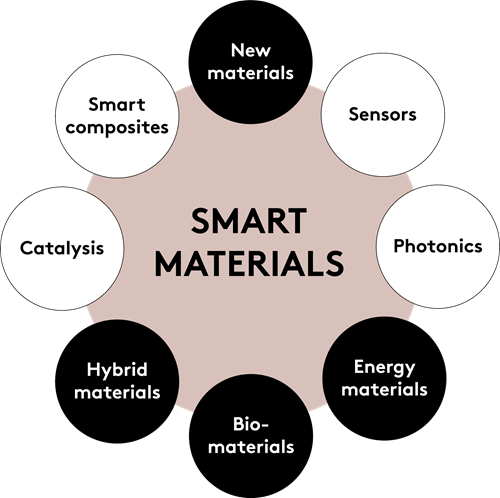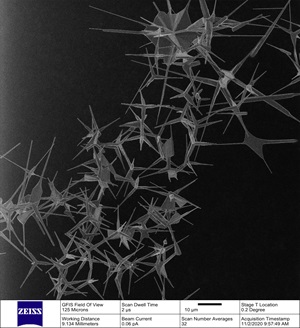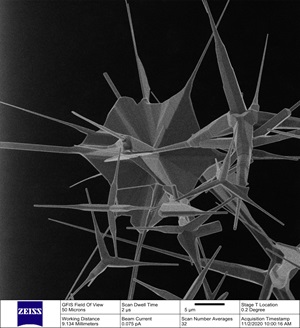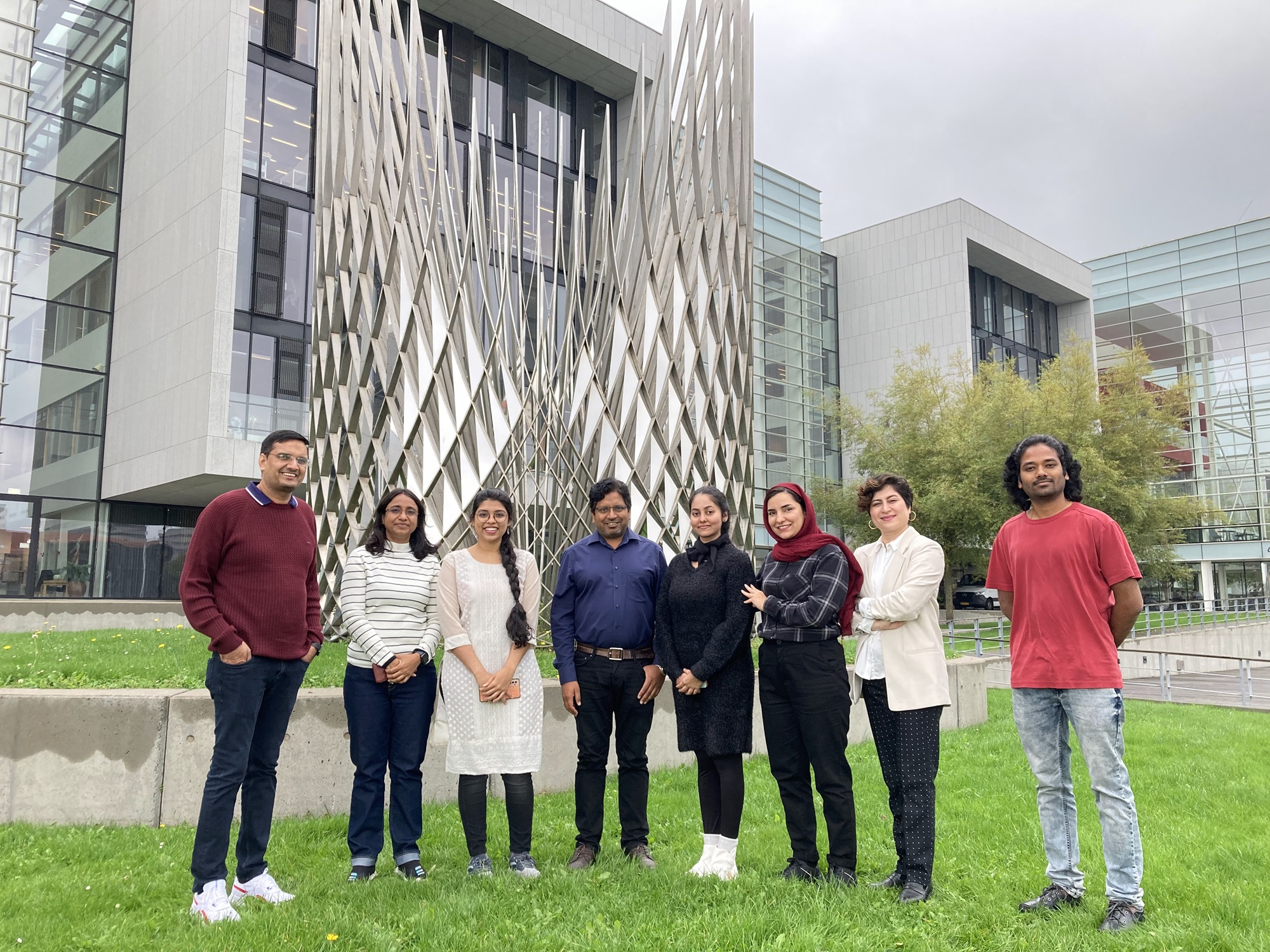Smart materials
A new class of nanomaterials, so-called smart materials, has recently emerged. These materials have the capability to self-respond to external stimuli with a reliable readout signal by altering one or more of their properties. External stimuli could be stress, temperature, light, electrical or magnetic fields, mechanical deformation, electrochemical actions or pH value.

3D nanomaterials as active components
The key challenge within the field of nanomaterials is to design them in 3D complex smart forms that are easy to utilise but at the same time fulfil predetermined functions. A viable approach is to fabricate the 3D nanomaterials in the form of cellular solids with high porosities. Applying smart nanomaterials in devices, for example, will result in systems in which the materials themselves are active components.
A multitude of applications
The extraordinarily large range of possible applications invites to systematically study functional interface-based 3D porous materials for industrial use in smart technologies. These applications are within:
- Electronics & photonics: Sensors, detectors, 3D optics, smart devices
- Green chemistry: Catalysis, water purification, microplastics, filters
- Energy: Supercapacitors, air capacitors, batteries
- Biomedical/pharmaceutical: Antiviral, antibacterial, antifungal, anticancer, wound healing, dental implants, drug delivery, therapy
- Composites: Advanced composites, additive manufacturing, building & construction
- Fibres: Membranes, fibres, textiles, protective masks
- Ceramics & glass: flexible ceramics, advanced glasses
- New materials: soft materials, hybrid materials
Smart materials research at NanoSYD
In the smart materials group at NanoSYD, we focus on research and development within cellular 3D nanomaterials for the above listed applications including:
- Growth and synthesis of nanomaterials from simple structures such as nanoparticles and nanowires to complex-shaped structures such as tetrapods and multipods
- Fabrication of 3D nanomaterials, hybrids, nanocomposites, core-shell and yolk-shell structures
- Surface engineering using state-of-the-art equipment such as helium ion microscopy, electron beam lithography, etc.
Networking projects
See the different networking projects that we are involved in.





